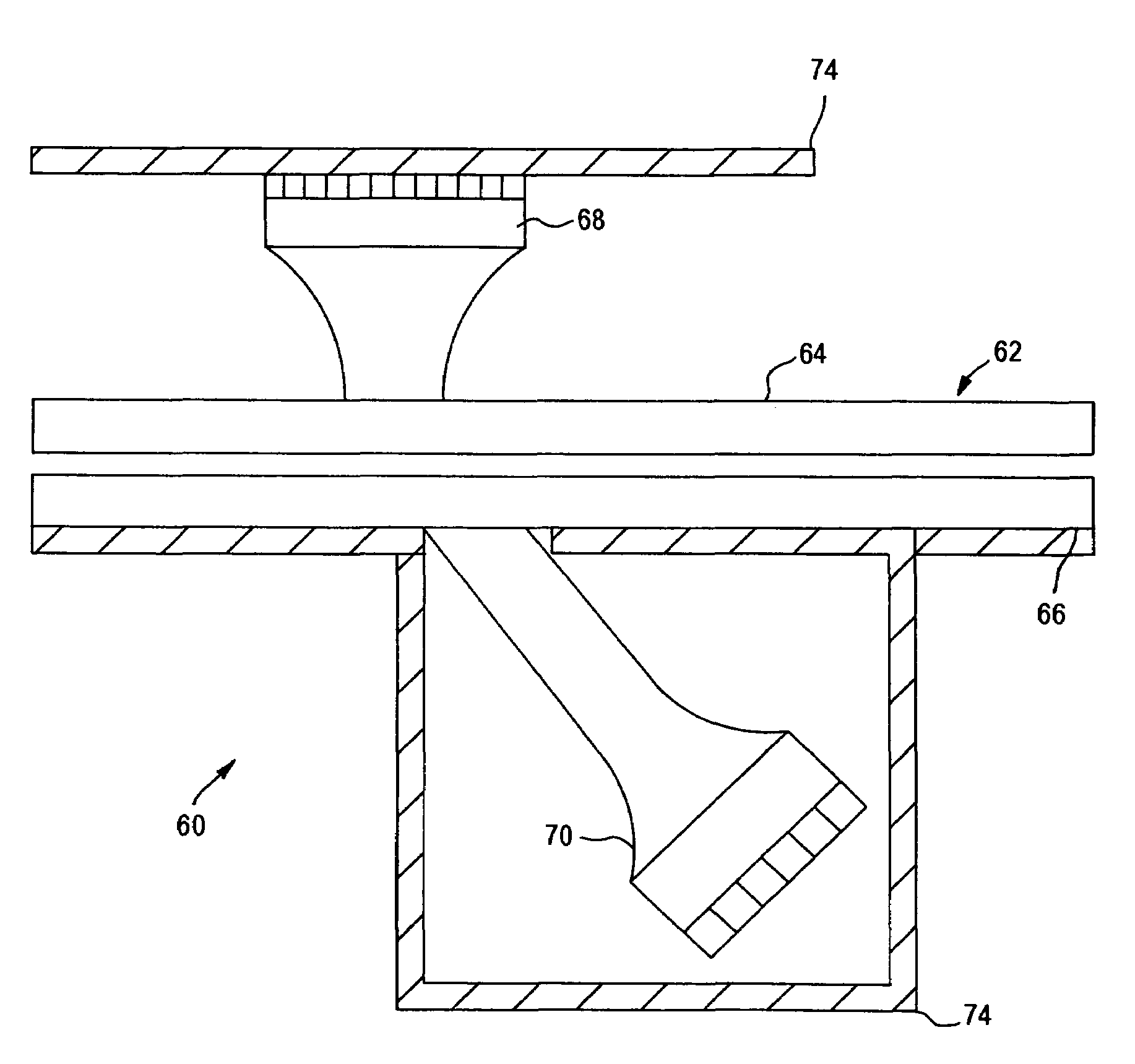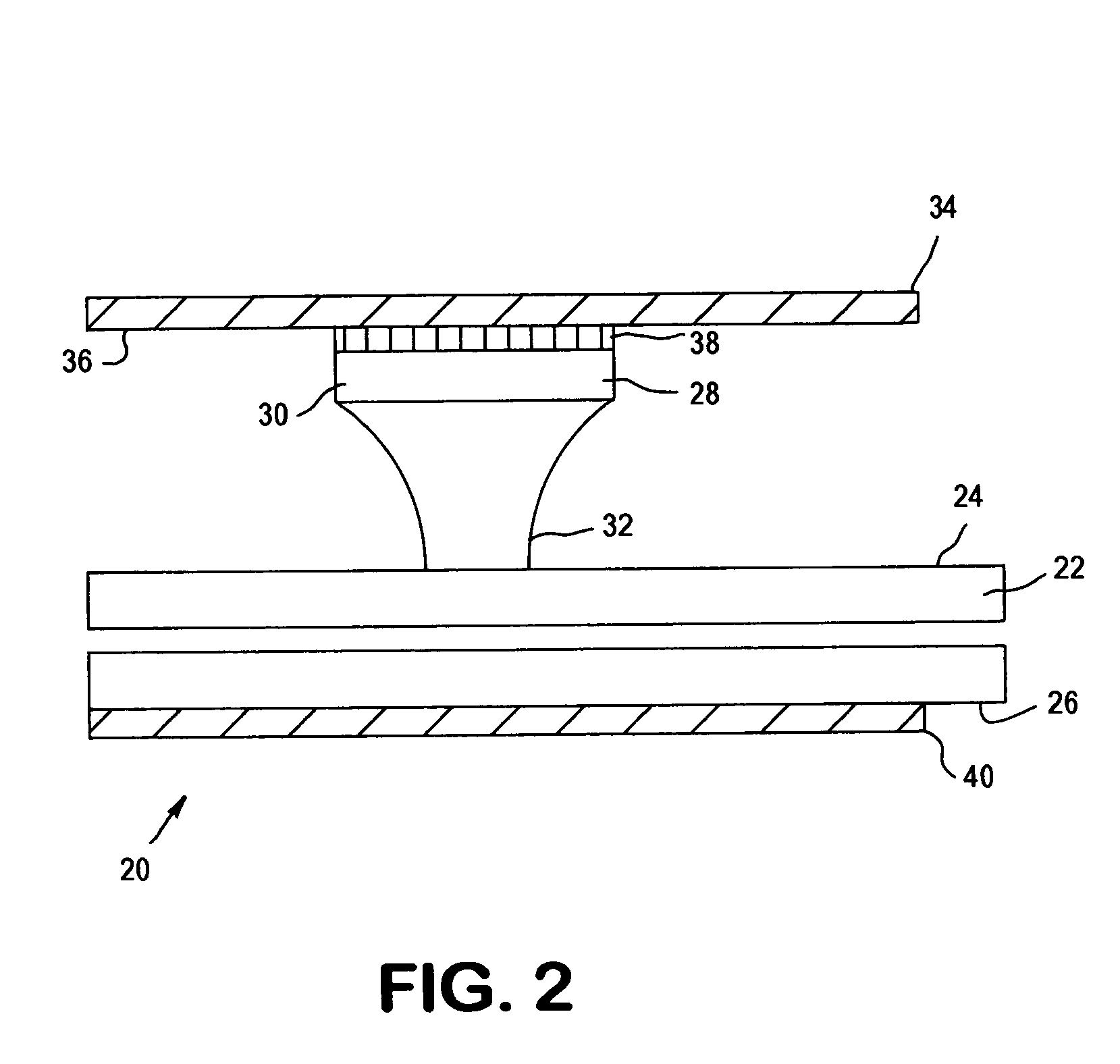Apparatus and method for analyzing a liquid in a capillary tube of a hematology instrument
a technology of capillary tubes and liquids, applied in the field of apparatus and methods for analyzing blood samples, can solve the problems of inability to determine the peak velocity of the fluid at the center of the tube, the inability to utilize optical density measurement to isolate the behavior of any one cross sectional position within the tube, and the inability to differentiate the fluid
- Summary
- Abstract
- Description
- Claims
- Application Information
AI Technical Summary
Benefits of technology
Problems solved by technology
Method used
Image
Examples
Embodiment Construction
[0039]The present invention relates to an apparatus and method for analyzing a blood sample in vitro. The apparatus can be configured, for instance, as a freestanding measurement device, or a sensor, detector, or device for use in a multi functional hematology instrument, or a sensor, detector or device for use in connection with an automated blood smear slide generator. The sensor, detector or device according to the present is utilized to analyze blood samples and is capable of determining one or more of the density / fluid-type of a fluid sample, the viscosity of a blood sample, and / or the erythrocyte sedimentation rate (ESR) and zeta sedimentation rate (ZSR) of a blood sample.
[0040]The present invention also relates to a multifunctional hematology instrument having one or more of the above referenced sensors, detectors or devices, and to an automated blood smear slide generator used in connection with one or more of the above referenced sensors, detectors or devices. In addition, ...
PUM
| Property | Measurement | Unit |
|---|---|---|
| wall thickness | aaaaa | aaaaa |
| propagation velocity | aaaaa | aaaaa |
| sizes | aaaaa | aaaaa |
Abstract
Description
Claims
Application Information
 Login to View More
Login to View More - R&D
- Intellectual Property
- Life Sciences
- Materials
- Tech Scout
- Unparalleled Data Quality
- Higher Quality Content
- 60% Fewer Hallucinations
Browse by: Latest US Patents, China's latest patents, Technical Efficacy Thesaurus, Application Domain, Technology Topic, Popular Technical Reports.
© 2025 PatSnap. All rights reserved.Legal|Privacy policy|Modern Slavery Act Transparency Statement|Sitemap|About US| Contact US: help@patsnap.com



